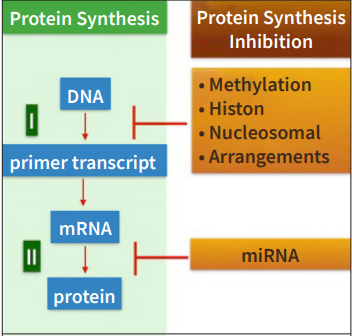The only reason of being in the same review of cell free DNAs (cfDNA) and micro–RNAs (miRNA) , whose only common points were being tiny, showing up in the circulation and their visibility that can be increased by amplifications, is that; both of them quickly entered the research and clinical world as candidates of bio-markers for diagnosis and follow-up for many diseases with considerable number of studies published since last two decades, cfDNAs can be found in the circulation as a steady signature of a given diseased condition while miRNAs are found both as a steady marker of a disease, and a transmitter of a malign behavior into the intact cells. In our review, we tried to briefly explain the biogenesis of both and their relationship with diseases and their clinical uses. The idea that cfDNAs and miRAs can be used as a diagnostic and follow-up criterion in transplantation is a new approach. Transplant practice has long been in search of new laboratory methods that can allow for the early detection of rejection without any clinical symptoms. The early studies on the use of cfDNA and miRNAs in post- transplant monitorization indicate that both are promising candidates as bio-markers.
Cite this article as: Ekşioğlu-Demiralp E, Elbaşı MO, Türkmen A. New Bio-Markers: Cell-Free DNAs and MICRO-RNAs. Turk J Nephrol 2019; 28(4): 310-20.

.png)


.png)

.png)
